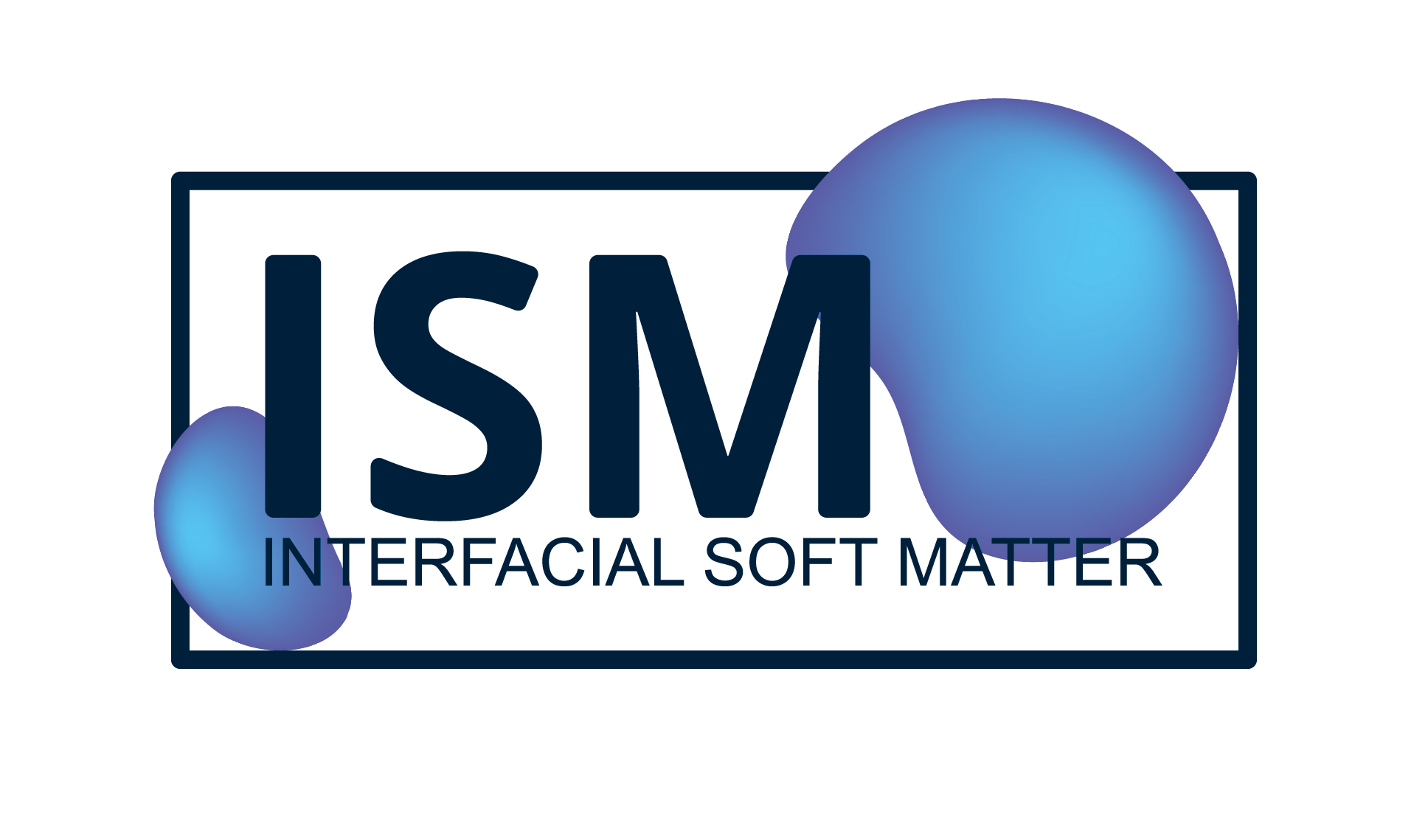- Share
- Share on Facebook
- Share on X
- Share on LinkedIn
French Federation of Neutron Scattering
Marie PLAZANET: Director
The main objective of this research federation (“Fédération de Recherche”, FR) from the CNRS is to bring together all professionals working in the field of neutron scattering to define the contours of a future strategy around research using neutron scattering. This implies maintaining and extending the current skills in order to respond to societal challenges via excellent and innovative research and training, adapted to the mutation of French and European neutron instruments, and to support the needs of users.
Actions of the federation:
- Allocation of "French" beam time on the instruments of the Collaborative Research Groups (CRG) based at the Institut Laue-Langevin (Grenoble) and the Paul Scherrer Institute (Villigen, Switzerland), via a common call for experiment proposals
- Support to instrumentation development projects
- Support for neutron training, scientific events
- Direct support to users for their activities related to neutron scattering by financing missions, conferences or trainees.

CNRS research network "Interfacial Soft Matter"
Lionel BUREAU and Benjamin CROSS: Deputy coordinators
Interfacial Soft Matter (ISM) is a research network (“Groupement de recherche”, GDR) from the CNRS. The network was created in January 2021 and is steered by Lionel Bureau (Laboratoire Interdisciplinaire de Physique, Grenoble), Cécile Cottin-Bizonne (Institut Lumière Matière, Lyon), Benjamin Cross (Laboratoire Interdisciplinaire de Physique, Grenoble), Vincent Ladmiral (Institut Charles Gerhardt Montpellier, Montpelllier) and Joshua McGraw (Laboratoire Gulliver, Paris).
The mission of ISM is to bring together the French community studying the structure and dynamics of the many forms of interfacial soft matter. ISM aims to be a forum for the French and international communities – from physics, chemistry and engineering using a diverse set of experimental, theoretical and computational tools – to create a dynamics for gathering and exchanging ideas.
The organization and dynamics of soft materials can be deeply altered in the vicinity of an interface since the interaction energies there are typically of the same order of magnitude as those involved in the bulk material. Similarly for the bulk, many soft materials and biological entities can be pictured as “made of interfaces”: systems such as suspensions of particles or droplets are formed of mesoscale objects interacting via intermolecular and surface forces, the details of which control the macroscopic material properties. Interfaces are indeed at the heart of a wealth of challenging problems in today’s soft matter science, from DNA transcription, to friction and lubrication, charge regulation, and “smart” functional layers requiring novel syntheses. Additionally, many non-equilibrium systems give rise to spontaneous mobility of particles without the need for an external action. All of these systems, by virtue of their grouping under the heading of “soft”, typically bear the signatures of thermal agitation. Combining all of these
ingredients, the GDR Interfacial Soft Matter (ISM) was created.
The main topics addressed by ISM are broadly divided into 5 themes:
- Mechanics of soft interfaces
- Surfaces in contact with electrolytes
- Active matter
- Soft functional layers
- Structure-property relations.
CNRS research network "Micro and Nano Fluidics"
Cyril Picard: Member of the steering committee
The objective of the Micro and Nano Fluidics research network (“Groupement de recherche”, GDR) is to bring together actors from public research and from the industrial and associative sectors on animation and prospective objectives within a multidisciplinary community, active and visible at the European and international level. The GDR covers the scientific communities of physics, process engineering, micro and nanotechnologies, (bio)chemistry and biology. This interdisciplinarity gives it its own identity also characterized by a strong potential of development and technological valorization. The GDR is a dynamic structure, representative of the different disciplines involved. It is directed by Pierre Joseph and organized into 6 scientific themes, led by the GDR steering committee:
- Nanofluidics (Fabien Montel, Cyril Picard, Christophe Ybert)
- Microfluidics for diagnosis and clinical applications (Karla Perez-Toralla, Magalie Faivre, Stéphanie Descroix)
- Organ-on-chip, cell biology on chip (Morgan Delarue, Stéphanie Descroix, Vincent Studer, Pierre Joseph, Vincent Senez)
- Flow chemistry (Sébastien Teychené, Samuel Marre)
- Wave and flow interactions (Michael Baudouin, Ulysse Delabre, Philippe Marmottant)
- Heat and mass transfers (Jean-Baptiste Salmon, Olivier Liot, Pierre Joseph, Sébastien Teychené, Stéphane Colin).

- Share
- Share on Facebook
- Share on X
- Share on LinkedIn
